You will need:
- Vegetable oil
- Water
- A clear bottle with a screw-top lid
- Blue food colouring
- A funnel
- Paper towels for any spills
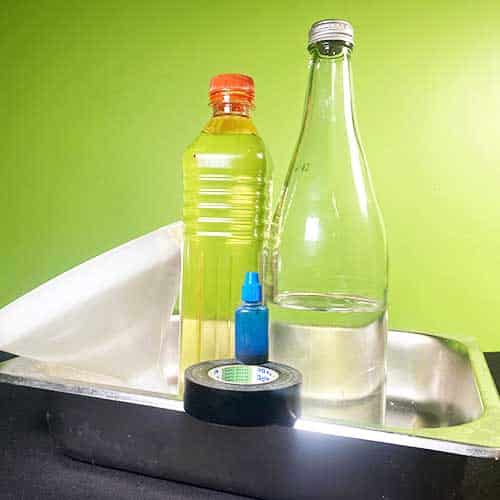
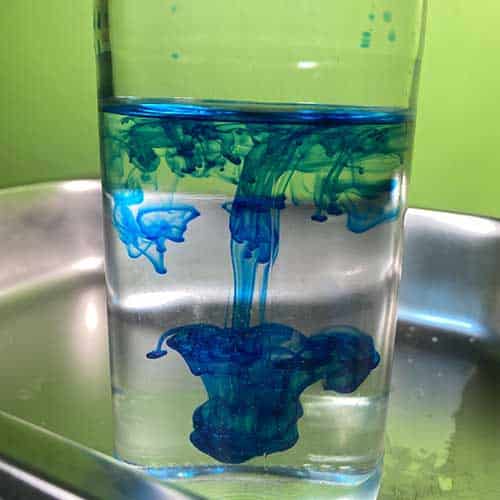
Fill the bottle halfway with water. Add some blue food colouring into the water.
NB: Notice how the food colouring drops through the water? This is because food colouring is denser than water. Density drives ocean currents around the world, here’s another science activity that explores this further.
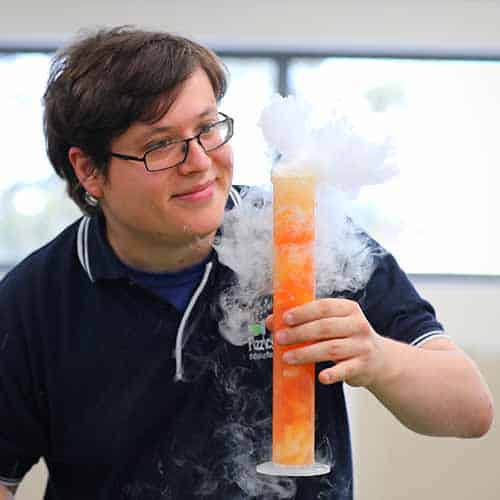
School science visits since 2004!
– Curriculum-linked & award-winning incursions.
– Over 40 primary & high school programs to choose from.
– Designed by experienced educators.
– Over 2 million students reached.
– Face to face incursions & online programs available.
– Early learning centre visits too!
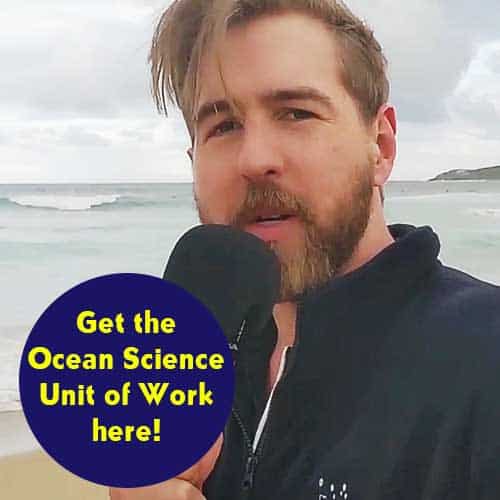
Get the Ocean Science Unit of Work!
Dive into ocean science as we look at the abiotic factors that affect life in our oceans.
- How far does light pass through water?
- How does pressure change as we go deeper underwater?
- How do ocean currents form and more!
Includes cross-curricular teaching ideas, student quizzes, a sample marking rubric, scope & sequences & more
What's going on?
The ocean in a bottle activity is a classic demonstration that takes advantage of density as well as mixtures. Firstly oil is less dense than water, which means that each drop of oil is lighter than a drop of water (less mass per volume). This causes the oil to float above the water as it is more buoyant.
Secondly, oil doesn’t mix with water. This is because water molecules are far more attracted to other water molecules than they are to oil. Why? It’s got to do with electrical charges.
- A water molecule is polar, which means that one side of the molecule has negative charges and the other side has positive charges. These charges cause water molecules to be attracted together, where a negatively charged oxygen atom on one water molecule is attracted to a positively charged hydrogen atoms of another water molecule.
- Oil molecules are non-polar, meaning that there is no difference in charge across the oil molecule. This makes the oil hydrophobic, literally meaning ‘water-fearing’. As oil molecules are non-polar they are repelled by the charges of the water molecules – which means the oil cannot mix in the water.
The water and oil waves you see in the bottle mimic the turbulence of waves in the ocean. Real ocean waves are created by the action of the wind. The greater the wind, the larger the waves!
Variable testing ideas
- Does adding salt make a difference?
- What if you add detergent to the mix?
- If water is warm, does it flow differently?
Deep Blue Oceans Show
Years K to 6
Maximum 240 students
School Show
60 minutes
Online Class Available
Working with Water
Years K to 2
Maximum 30 students
School workshop (NSW & VIC)
60 or 90 minutes
Online Class Available
STEM Full Day Accelerator - Primary
Designed from real classroom experiences, this modular day helps you create consistently effective science learning that directly address the new curriculum with easily accessible and cost-effective materials.
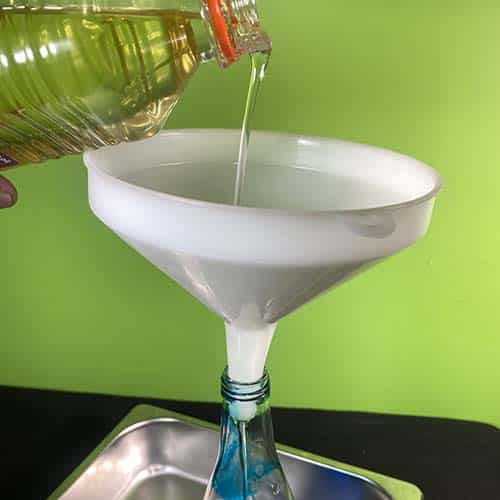
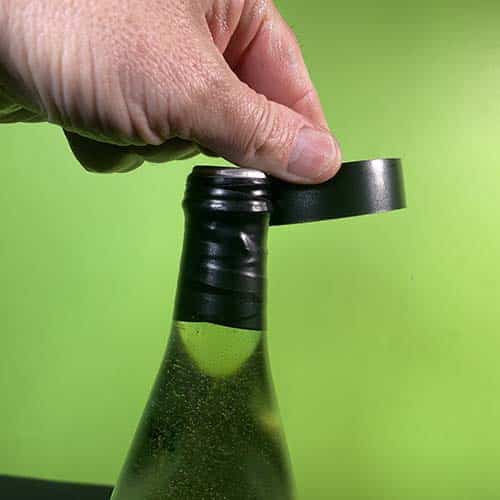
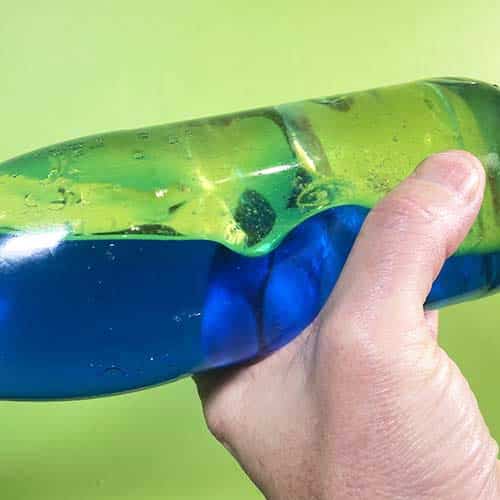
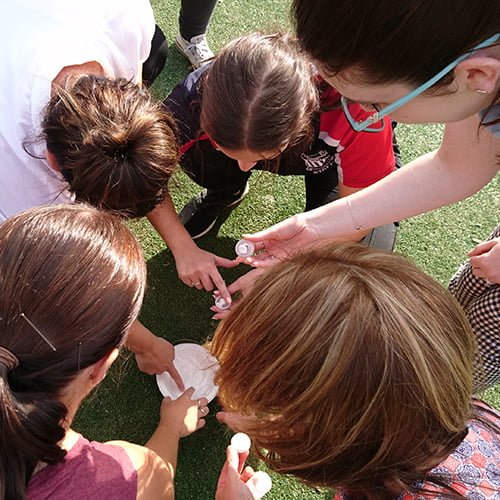



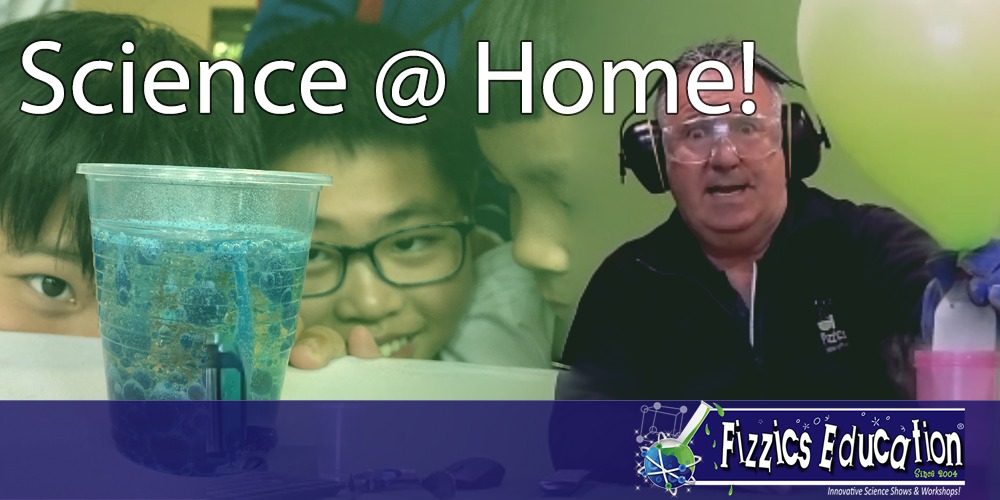

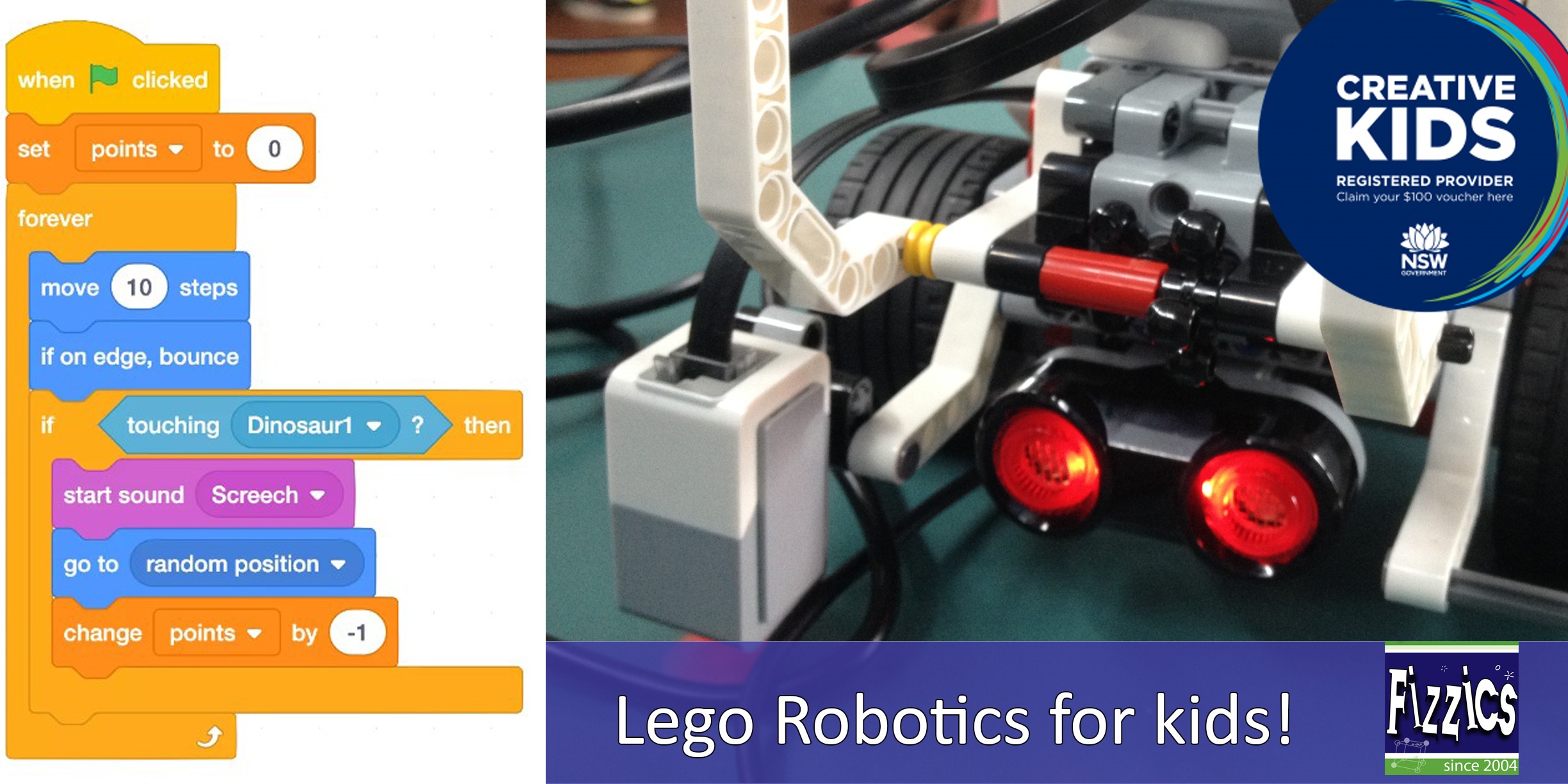
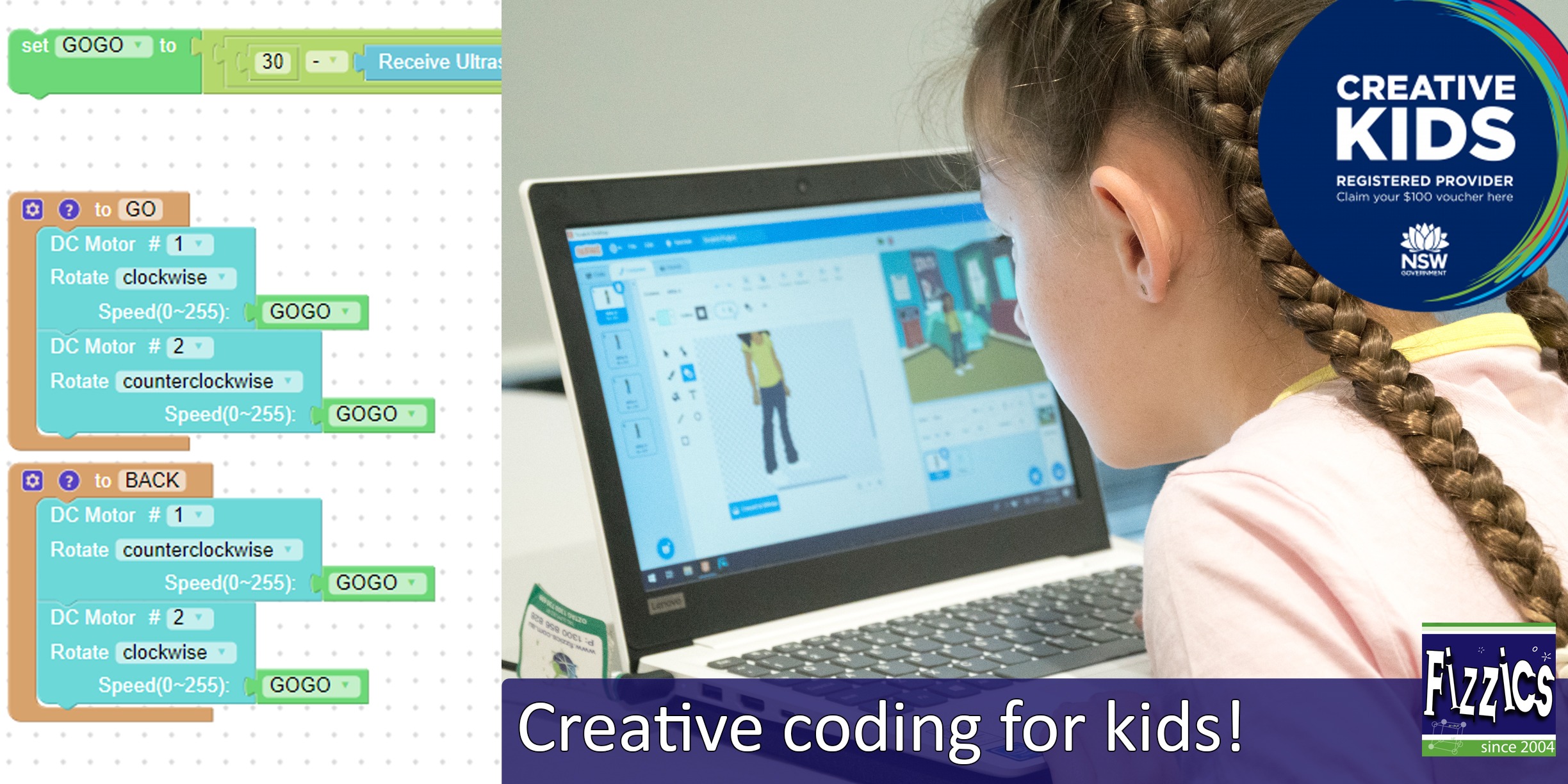
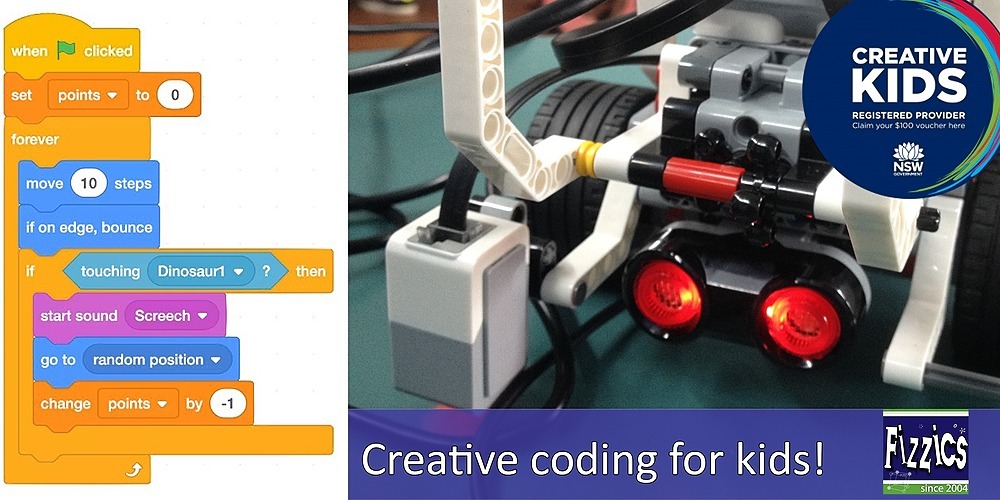
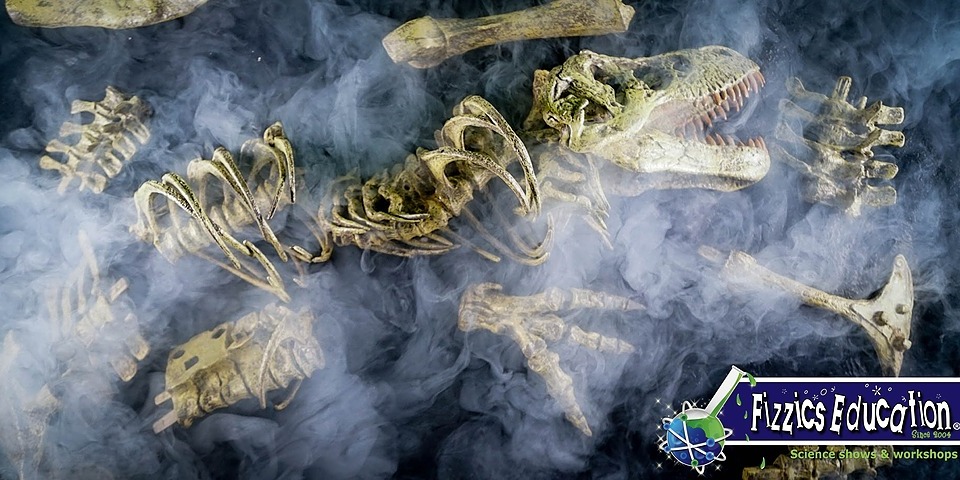
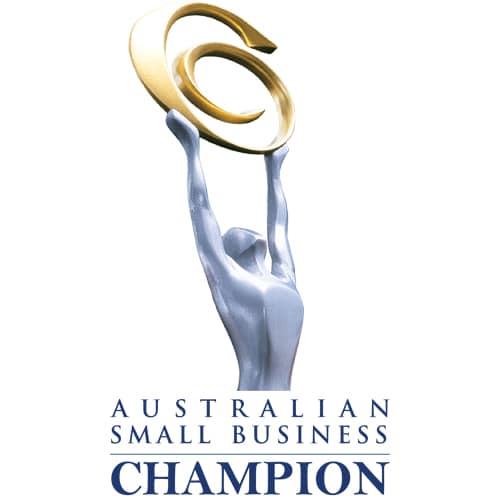











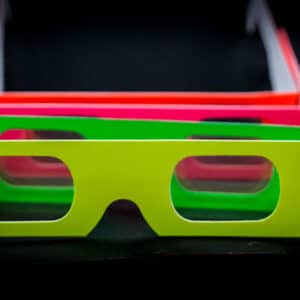
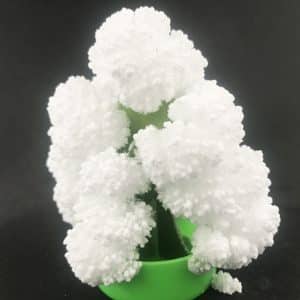
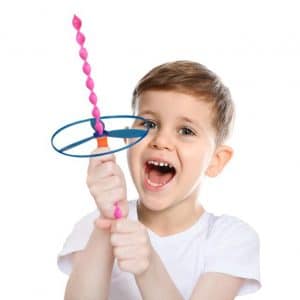
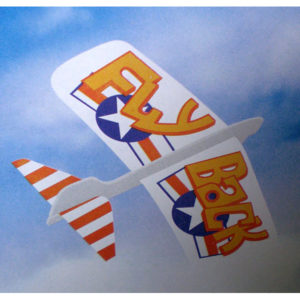
Comments